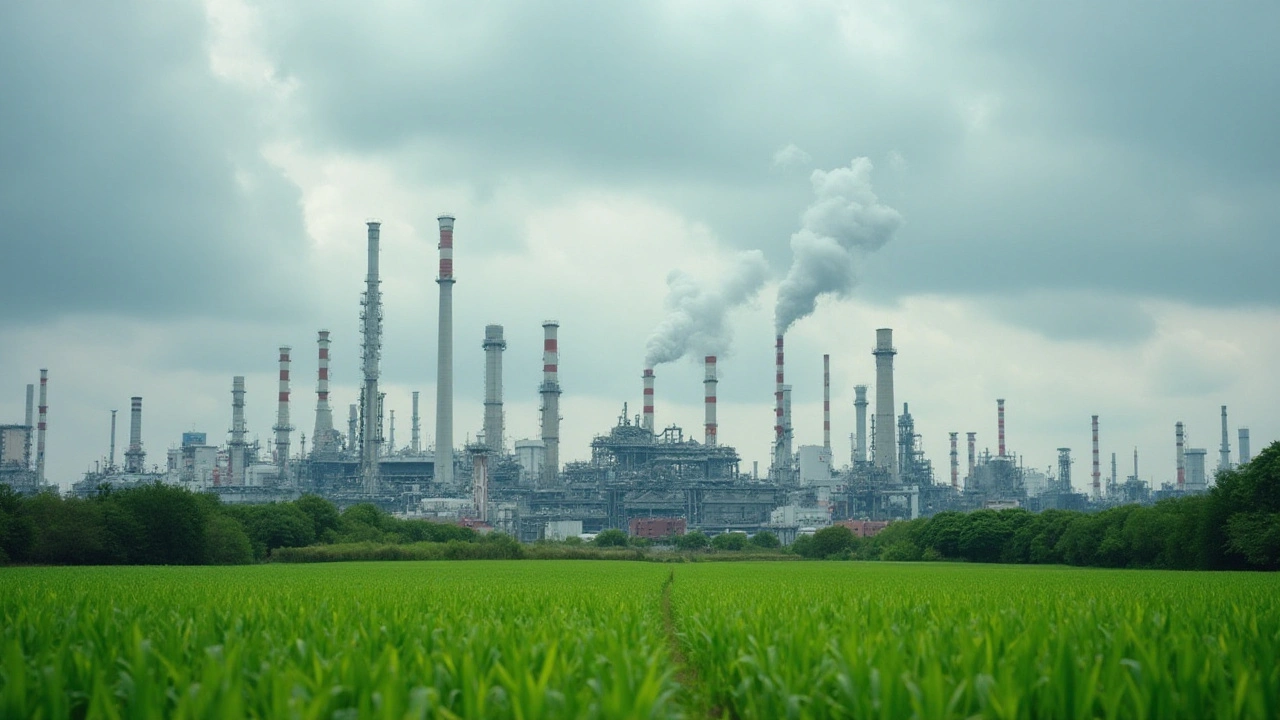Environmental impact of medicines — simple steps that actually help
Medicine helps millions, but traces of drugs now appear in rivers, lakes, and even tap water. That’s not just a headline — it means active ingredients from leftover pills, improper disposal, and manufacturing waste are finding their way into ecosystems. You don’t need a science degree to make a difference. Small, practical changes at home and at the pharmacy add up.
Where most pollution starts: unused meds sitting in cabinets, people flushing pills, and factories releasing waste. Antibiotics, hormones, and some painkillers are especially stubborn — they can affect fish, alter behavior in wildlife, and encourage antibiotic resistance. The easiest wins come from stopping unnecessary medicine stockpiles and disposing of what you don’t need the right way.
Practical steps you can start today
Throwing pills in the trash or flushing them down the toilet is common, but there are better options. Use pharmacy take-back programs when available — many drug stores and community centers accept expired or unused meds. If you can’t get to a take-back event, mix drugs with coffee grounds or cat litter, seal them in a bag, and put them in household trash so they’re harder to access and less likely to leach out.
Ask your pharmacist before you refill. Do you really need a 90-day supply, or will 30 days avoid waste? If a medication causes side effects and you stop early, leftover pills often end up in the environment. Pharmacists can suggest trial sizes, blister packs, or liquid formats that match how you take meds.
Think about the package. Some pharmacies offer medicines in recyclable packaging or consolidated shipments that cut down on cardboard and fuel. When ordering online, choose consolidated delivery or local pickup to reduce shipping emissions. Digital tools that compare prices and find coupons can also prevent duplicate orders — fewer returns mean less wasted product and packaging.
How health systems and you together make a bigger impact
Talk to your prescriber about greener options. For some conditions there are equivalent drugs with a smaller environmental footprint, or non-drug treatments that might work. For long-term meds, regular reviews reduce overprescribing. Health systems that track unused meds and run regular take-back campaigns cut pollution at scale — you can support those programs by spreading the word in your community.
Finally, spread the word. Remind family and friends not to flush meds, point them to local take-back locations, and share tips from your pharmacist. Small habits — asking for smaller supplies, using take-back programs, consolidating shipments — cut both waste and risk. That keeps your medicine cabinet tidy and helps protect rivers, plants, and wildlife down the line.

Choline Salicylate Lignocaine: A Deep Dive into Environmental Impacts of Production
Choline Salicylate Lignocaine, commonly used in medical and dental applications, can have significant environmental impacts resulting from its production. The creation of these compounds involves complex chemical processes that often lead to waste and emissions affecting ecosystems. Addressing these impacts requires a comprehensive understanding of the manufacturing processes and their ecological outcomes. This article explores the environmental footprint of these compounds, providing insights into mitigation strategies for sustainable production practices and understanding how these medications affect our surroundings.
Read More